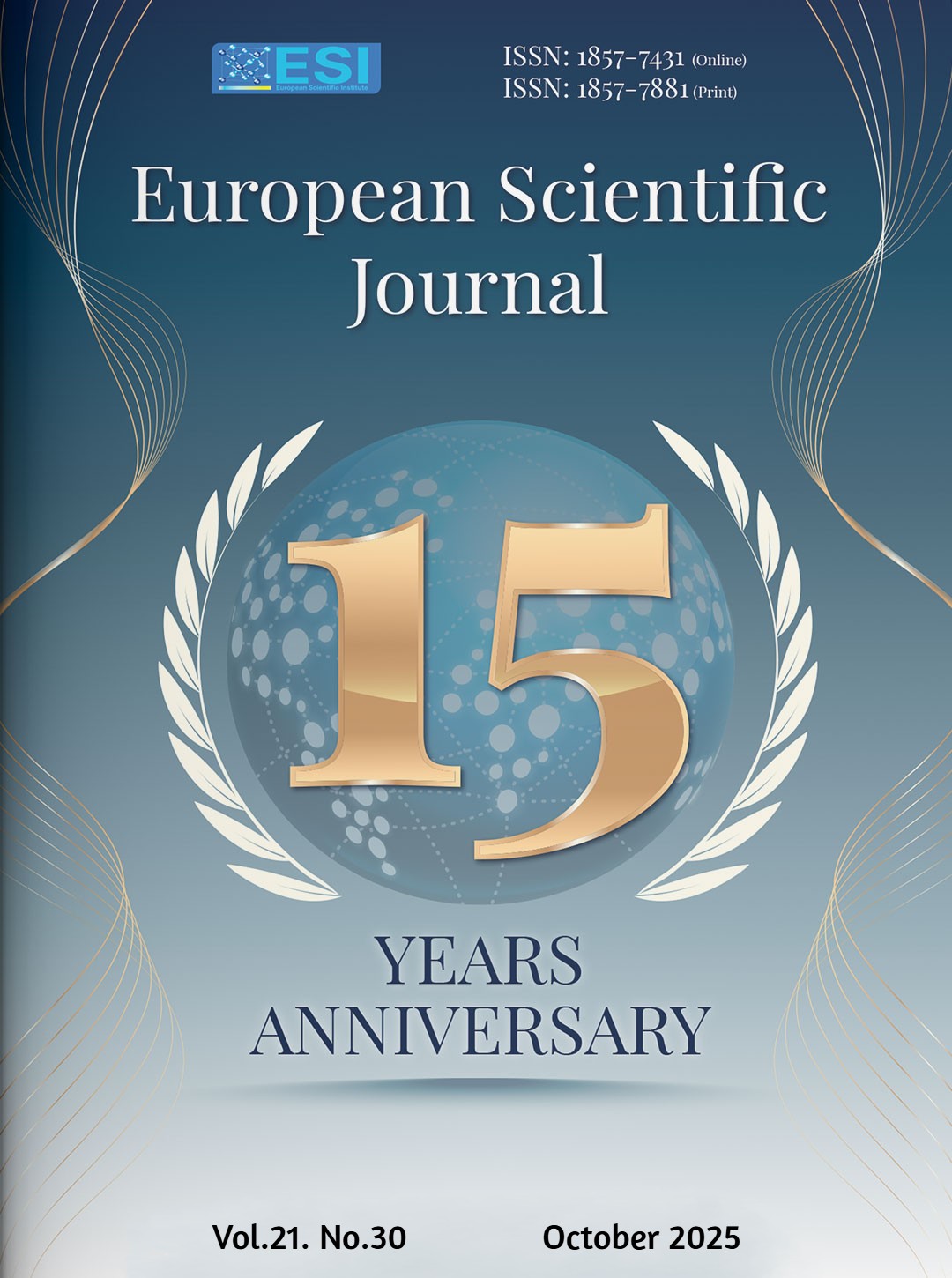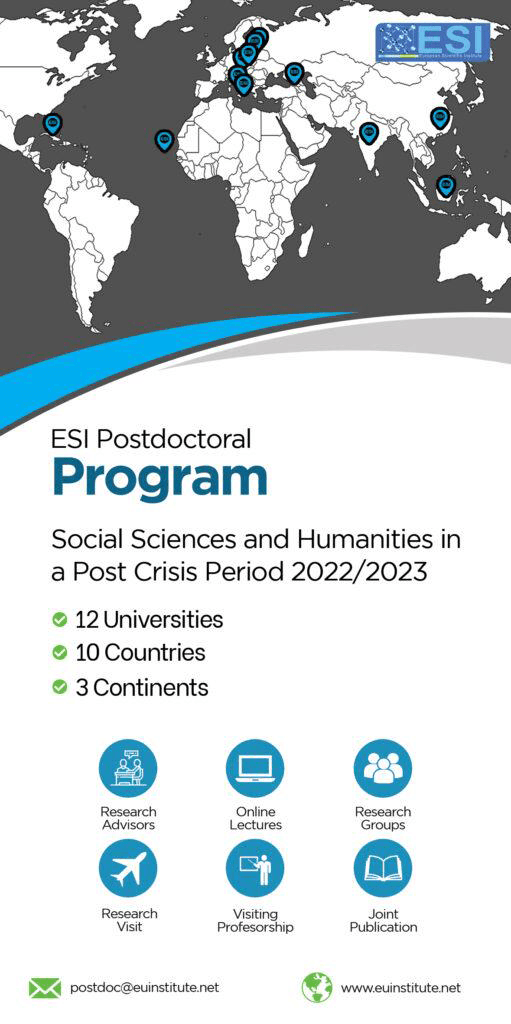Assessing Biometric Predictors of Gestational Age Among Pregnant Women in the Upper East Region of Ghana: The Quadratic Classifier Approach
Abstract
Aims/Objectives: Gestational outcomes are influenced by a variety of maternal factors, including diabetes, yet not all pregnant women with gestational diabetes experience abnormal variations. It is, therefore, essential to examine additional predictors of gestational variations amongst women. Subject/Methods: Data were obtained from the Biostatistics Department of the War Memorial Hospital in Navrongo, Ghana. Records of 1085 mothers and their children were collected between January 2014 and January 2017, and analysed using the quadratic discriminant analysis to evaluate the impact of maternal and neonatal characteristics on gestational variation. Results: Maternal parity, age, and the weight of the newborn were the principal discriminating variables. Of these, parity was the most significant factor in distinguishing between deliveries below the Estimated Date of Confinement (EDC) within EDC, and above EDC. Conclusion: Parity was identified as the leading factor influencing gestational variation. The study recommends further research into the biochemical and physiological mechanisms linking parity to gestational outcomes.
Downloads
Metrics
PlumX Statistics
References
2. Célok, T. (2017). Testing the assumptions for discriminant analysis. Retrieved from:
http://www.tankonyvtar.hu/hu/tartalom/tamop425/0049_08_quantitative_information_forming_meth Accessed 5 April 2017.
3. Derraik, J., Lundgren, M., Cutfield, W., & Ahlsson, F. (2016). Maternal height and preterm birth: A Study on 192,432 Swedish Women. PLos ONE.
4. Ghana Statistical Service (2021). 2010 Population and Housing Census (PHC) Final Results. [Online] Available: www.statsghana.gov.gh/docfiles/2010phc/ (October 28, 2012)
5. Johnson, R.A. and Wichern, D.W. (2007) Applied Multivariate Statistical Analysis. 6th Edition, Pearson Prentice Hall, Upper Saddle River
6. Lachenbruch PA, Mickey MA (1968). Estimation of error rates in discriminant analysis. Technometrics 10(15):1–11
7. Marie D., Laust M., Ashna D. H., Beatrice B., Mika G., Michael R. K., Jennifer L. R., Paromita D., Jocelyn R., Naho M., Natasha N., Francisco B., Sylvie B., Anne-Marie N. A., and Michael S. K., Jennifer Z. (2018). International variations in the gestational age distribution of births: an ecological study in 34 high-income countries. The European Journal of Public Health, Vol. 28, No. 2, 303–309. doi:10.1093/eurpub/ckx131.
8. Ohuma E, Moller A-B, Bradley E (2023). National, regional, and worldwide estimates of preterm birth in 2020, with trends from 2010: a systematic analysis. Lancet. (In Press).
9. Sam, U. (2021). Post Term Pregnancy Causes and Risk. Birth Injury Guide. https://www.birthinjuryguide.org/causes/post-term-pregnancy/
10. Tabachnick, Barbara, G., & Fidell, L. S. (1996). Using Multivariate Statistics. New York,NY: HarperCollins College Publishers.
11. UNICEF, WHO, UNESCO, UNFPA, UNDP, UNAIDS, WFP, World Bank (2010) - The Mother and Child Health and Education Trust. https://web.archive.org/web/20210909235356/https://factsforlife.org/00/foreword.html
12. UNICEF-WHO. (2015). Low Birth Estimates: Levels and Trends. https://www.who.int/publications/i/item/WHO-NMH-NHD-19.21
13. WHO (2021). Born Too Soon: The Global Action Report on Preterm Birth. Eds CP Howson, MV Kinney, JE Lawn.
14. Yamoah, N. A. (2014). Using Binary Logistic and Quantile Regressions for Determinants of Preterm.
Copyright (c) 2025 Abukari Alhassan

This work is licensed under a Creative Commons Attribution 4.0 International License.








